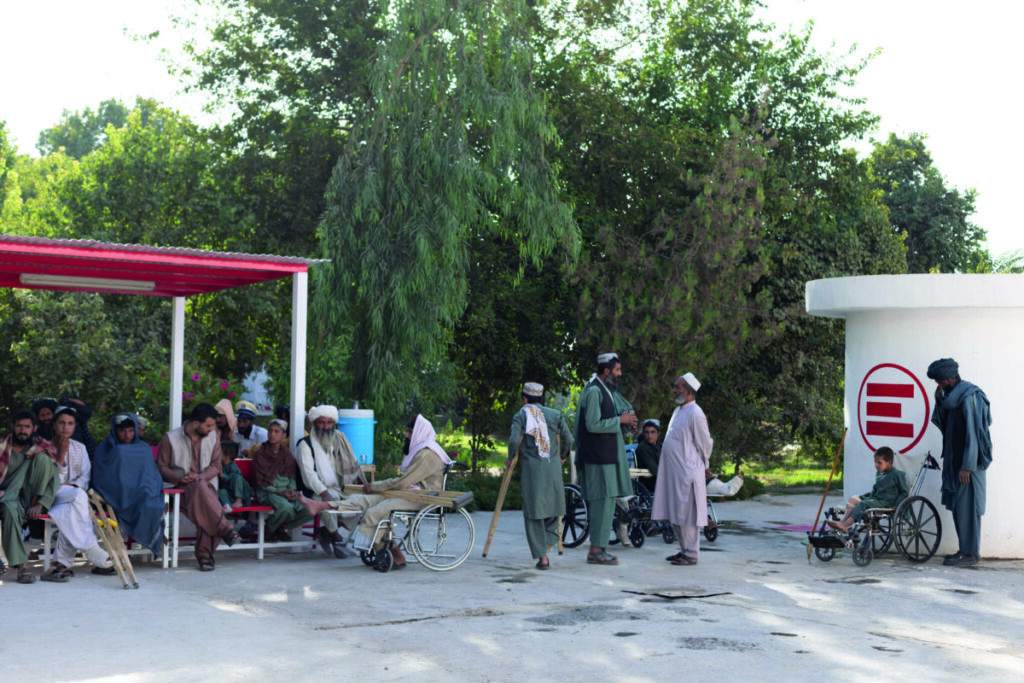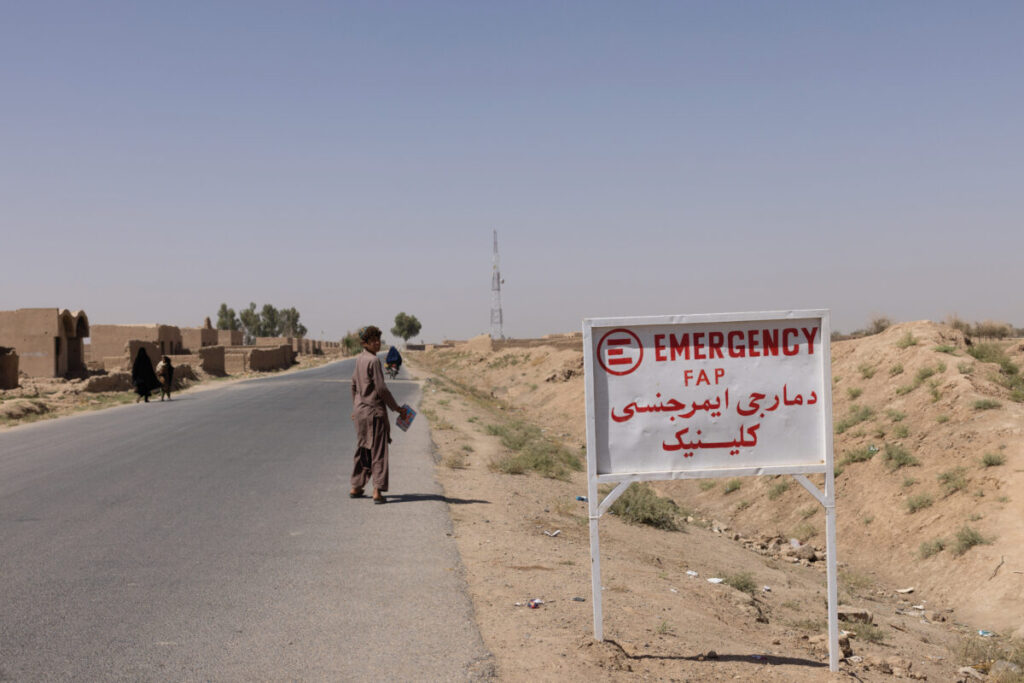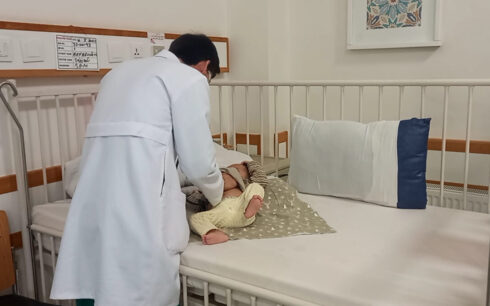A new survey by an international NGO, EMERGENCY, and CRIMEDIM, an institute in Italy, finds that costs and insecurity are among main hurdles to people’s access to treatment in Afghanistan.
The survey has explored access to healthcare across 10 Afghan provinces based on data and testimony from over 1,800 Afghans.
The survey has been conducted in Wardak, Ghazni, Paktia, Laghman, Logar, Kapisa, Kabul, Panjshir, Parwan and Helmand provinces that encompass 15 million population of the country.
During the survey, 1,807 anonymous questionnaires have been given to patients in 20 EMERGENCY’s facilities in Afghanistan, including three of its hospitals.
Over 80% of those interviewed live in rural areas, with little connection to major population centers, and only 2% have used an ambulance, finds the survey.
Afghans generally feel safer and move more easily, traveling greater distances to access treatment and facing higher transportation costs.
Where episodes of hostility are still recorded, insecurity remains a top concern and those who have encountered obstacles in accessing care in the last year have identified fear of conflict as the first barrier and cost as the second, the survey says.
The survey finds that more than half of the population considers treatment “very expensive” and over 70% of the Afghans involved in the study were forced to postpone the treatment they needed because of this. Instead of specialist insights, it is often preferred – always due to the difficulties of access – the treatment of symptoms with drugs, without an appropriate diagnosis, thus prolonging and potentially worsening the health condition.
It also finds that:
• 1 out of 2 Afghans , among the participants in the research, cannot buy the medicines necessary for treatment;
• 1 in 5 has lost a relative or friend who was unable to access treatment;
• 5 out of 10 had to save on food and clothing in order to pay for health services;
• 9 out of 10 had to go into debt, asking for a loan to access treatment;
• Women represent one of the most vulnerable groups , particularly in the management of pregnancy.
EMERGENCY says the survey aims to contribute to the construction of a structured collection of data and information on health needs in Afghanistan.

In past decades, the conflict made investigations of this type almost impossible, especially in rural areas, where 70% of the population lives.
The report concludes with 12 recommendations, including notably:
• Ensure multi-year funds from the international community that have the objective of building local capacity or capacity-building;
• Reform and strengthen the Afghan health system , from drug procurement to an adequate referral and ambulance system;
• Investing in healthcare as a priority, laying the foundations for economic and social sustainability and encouraging the active participation of women and girls.
Afghan women are a particularly vulnerable group
For Afghan women, the possibility of accessing timely and effective care – already precarious – is shrinking even further.
In addition to the structural problems affecting the entire population, their situation is made even more problematic by the lack of safe and efficient means of transport, the absence of clinics offering obstetric care for expectant mothers in rural areas and the decrease in purchasing power .
What has changed in the country after August 2021
Following the change of government in August 2021, Afghanistan’s international reserves were frozen, the new authorities interdicted by the international community, international forces withdrew and diplomatic delegations, especially Western ones, were evacuated.
In a country that depended on international aid for 75% of public expenditure, the condition of the population has worsened due to the increase in poverty and the lack of essential services.
The United Nations Office for Humanitarian Affairs has estimated that 17.6 million Afghans will have serious or extreme health needs .
In a country that previously depended on international aid for 75 percent of its public spending, rising poverty and a lack of essential services have made the condition of the population increasingly dire, the report says.
It shows that the deteriorating socioeconomic situation faced by patients is compounded by chronic issues within the national health system, including inadequate facilities, underpaid and undertrained medical and technical staff, and systemic flaws in the pharmaceutical supply chain.
“Sometimes we ask the patients why they didn’t go to the closest children’s hospital. Coming here from Kabul takes almost three hours,” says Dr Tareq, Paediatrician at EMERGENCY’s Paediatric Centre in Anabah.
“They usually answer that the staff didn’t take care of them very well. There are two or three patients in one bed and they didn’t treat us very well,” he added.
Healthcare workers at public hospitals are overloaded, exacerbated by the substantial “brain drain” that occurred in August 2021, when skilled workers left Afghanistan for more stable opportunities abroad, the report says.
“We lost our specialists, our good doctors, our good engineers. They left the country,” said Dr Shakeeba, Anaesthesia Resident at EMERGENCY’s Surgical Centre in Kabul.

“Hopefully, we will return to those conditions in 20, 30 years. It’s really a great loss for us. We are losing one or two generations,” she added.
Dr Sedeq, Director of the Logar Provincial Hospital, explains, “The population of Logar province is approximately 700,000 people. But we only have two surgeons and one orthopaedist. This means that if there is only one surgeon, he is doing 10 surgeries a day and there is no rest for him.”
One in every two respondents cannot afford the medicines they need. Over half have sacrificed buying food or clothing to pay for health services in the past year, and more than four in five have been forced to borrow money in order to make these payments, the survey says.
EMERGENCY says it has 36 residents in surgery, anaesthesia and resuscitation, gynaecology and paediatrics in its hospitals, but the report makes clear that large-scale investment across the country is required to improve the availability and quality of health education and capacity-building programmes.




